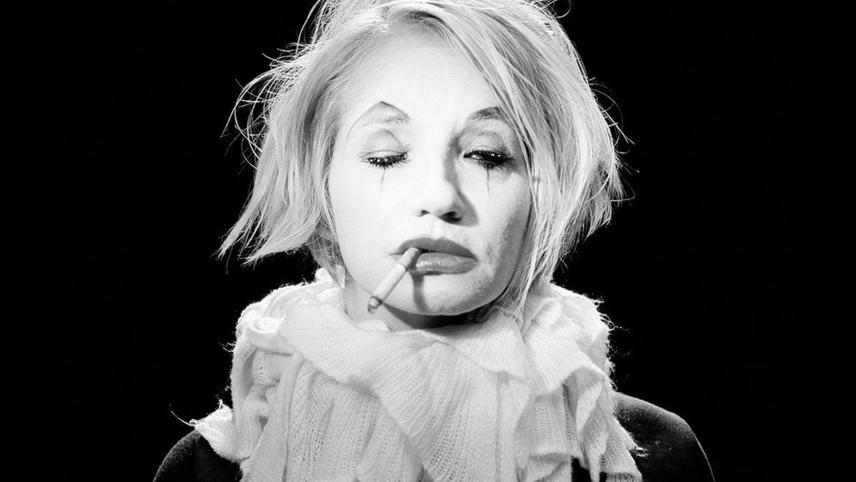
This is a list for those of you who enjoy films that have some “weirdness” to them, in different degrees. Of course, what “strange” and “weird” actually means is up to the individual person.
To some, “Amélie” can be a weird and fun (and very French) film, while others have to dig deep into the most obscure underground short films made in the homes of enthusiastic, self-made directors. Regardless, these movies all have some degree of weirdness to them, either in the just bizarre way, or in a more humorous sense, and they are in no particular order of quality.
Some of these have heavily inspired other directors of bigger fame; others have stayed pretty cult, but are just as beloved by their fans. Some are relatively well known among cinephiles, others not so much. However, they all celebrate something “other,” comical and exotic in their own ways.
1. A Zed And Two Noughts (1985)
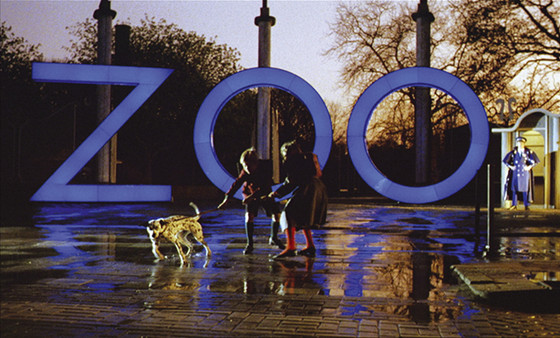
The IMDb description of this movie is quite short, but very intriguing: “Twin zoologists lose their wives in a car accident and become obsessed with decomposing animals.” Well, then! It lies pretty much in the title what we are in for – Z O O – but it does not tell us much about the utter strange obsessions going on here.
It’s not just decomposing animals being the obsession of the twins, it’s also the obsessions of the director Peter Greenaway for this particular film: symmetry, stripes, twins, black and white, amputations, sex and death. It’s all connected.
The story, roughly told, follows the twins Oswald and Oliver Deuce, who both own a zoo and both lose their wives in the same car crash in front of that very zoo. The accident also involves a woman named Alba, who loses one of her legs. The twins become obsessed with death and decomposition, as mentioned, but they also start an unusual, sexually-based relationship with Alba.
The subjects of symmetry are always there, from the framing within the film in a fascinating detail, to the subjects within the plot, like Alba losing one leg, and later wanting to amputate the other to create symmetry. She also always wants the twins on each side of her in her bed when they are close to her.
If one likes detailed filmmaking, obsessions, and a relatively slow-paced movie, this is definitely a movie worth watching, and more than once.
2. Eureka (2000)
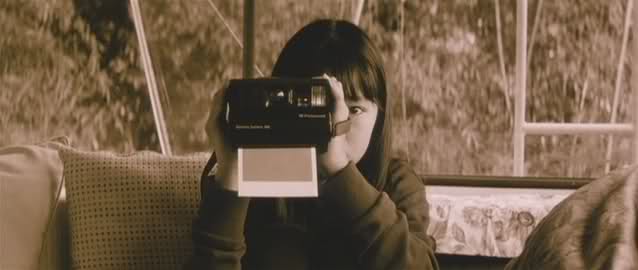
This more than 3 ½ hour film is the work of Shinji Aoyama, and is almost like a very quiet saga, with bleak visuals and some quiet (and some very quiet) characters.
We are following the long story of a man, Makoto, and two children, Naoki and Kozue, who all are survivors of an act of terrorism: a bus hijacking attack by a murderous man. They are saved, unharmed physically, but they struggle to get back into a normal life after the event, especially the kids, who stop talking altogether. The main inspiration for the movie is said to be a gas attack in Tokyo in 1995, and Aoyama researched by looking at accounts from the Holocaust.
The story is a lot about the three of them rehabilitating together, slowly, and living everyday life as normally as they can, even if it is hard. Later in the film, the children’s older cousin also appears, intending to take care of the children, to Makoto’s annoyance. Eventually, they start traveling to get away from their surroundings. But it’s also not only about their journey. A murderer is on the loose.
So where is this going? With a trio of people trying to cope with trauma, and separately, off-screen, there is a murderer killing people. Well, they’re not unrelated, because their journey starts for real when one of Makoto’s friends becomes a victim of the murderer, and the connection doesn’t end there.
This movie is on the strange spectrum more because of the amount of time it uses on the characters, the silence, and the plot itself. It is filmed in sepia tones with no music, no grandeur, and not even many big fights. It is an experience of a movie, a saga of everyday life after trauma, but also of unlikely friendships and about traveling. It is best to not say too much about the movie, and just let the viewer discover it themselves.
3. Eating Raoul (1982)
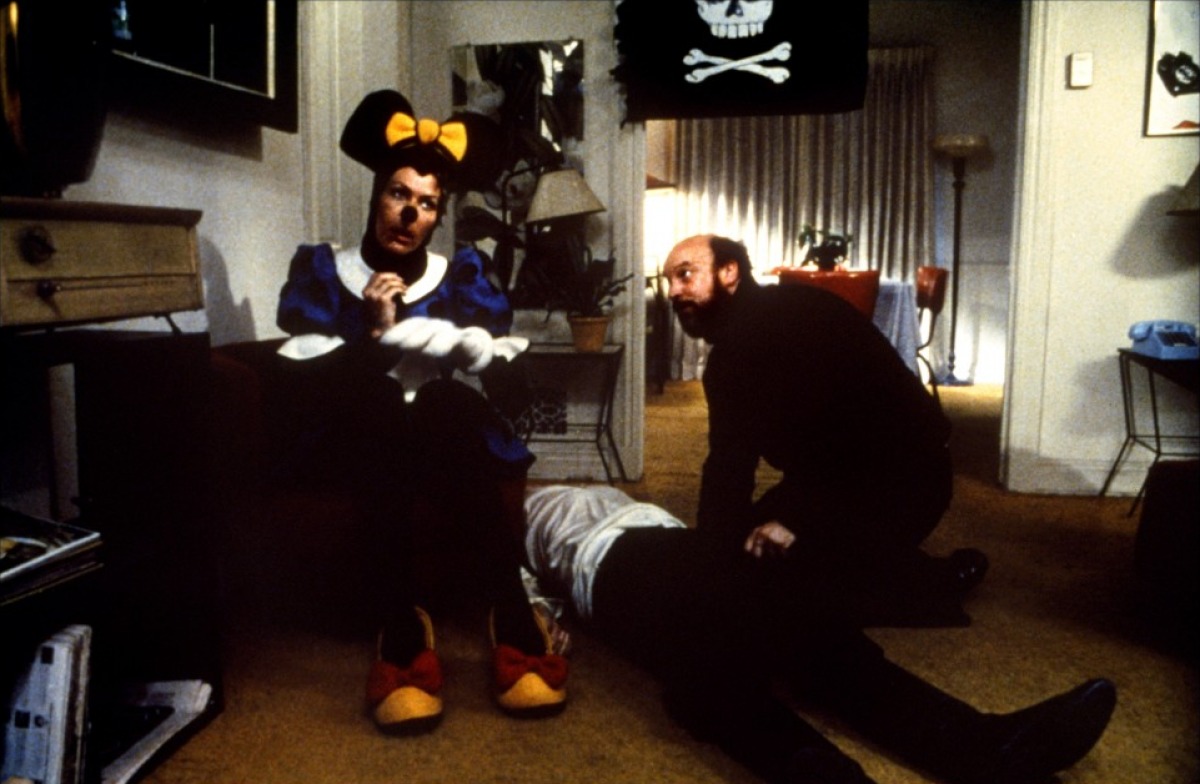
If you’re a fan of the films of John Waters and generally ‘60s wild and dark comedies, this is the film for you. The story follows a prudish and conservative couple named Paul and Mary Bland (subtle names). Paul is a wine snob and Mary is a nurse, they sleep in separate beds, and has no time or desire for sex. Unfortunately for them, they live next door to a flat that is regularly used for swinger parties, and the swingers attending are bothering them to no end.
At one point, they find themselves in a financial crisis. However, their situation is about to change after an incident where one of the swingers tries to get freaky with Mary, and Paul kills him with a skillet. They decide to dump his body and take his wallet when they realize nobody is going to miss him.
From then on, they decide to put an ad in the paper, luring in men, with the help of Mary’s feminine lure, before Paul swings the skillet. It is a safe and secure plan, until a hired locksmith named Raoul Mendoza puts his nose in their business, and their secrets are in danger.
The pure strangeness from this movie comes from the dark humour and the manner in which people act in this film, which is unnaturally and over the top, but that’s what makes this kind of movie entertaining and funny, and there’s always a spot to laugh at. It was filmed on a super low budget, but with a big passion, and there’s lots of fun trivia about the production of the movie on IMDb.
4. Grey Gardens (1975)
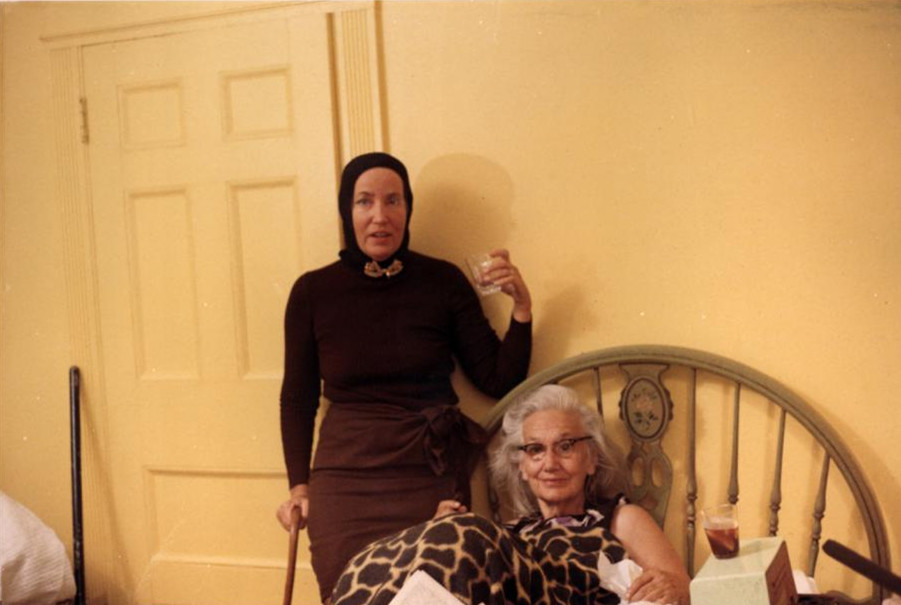
“Grey Gardens” isn’t exactly unknown among cinephiles. The documentary was directed by Ellen Hovde, and it’s about Edith ‘Little Edie’ Beale and her mother Edith Beale, who are the cousin and aunt of Jacqueline Kennedy, who live in a run-down, crumbling mansion in a place called Grey Gardens.
The movie is all about the two elderly women, living alone among cats and racoons. The movie itself is not as strange as the characters themselves, and it’s just fascinating and captivating to listen to Edie and Edith talk (and often argue with each other) and be a pair of oddballs.
The movie made especially Little Edie a fashion icon, with her secondhand and homemade style and use of different garments to cover her head.
5. Shit Year (2010)
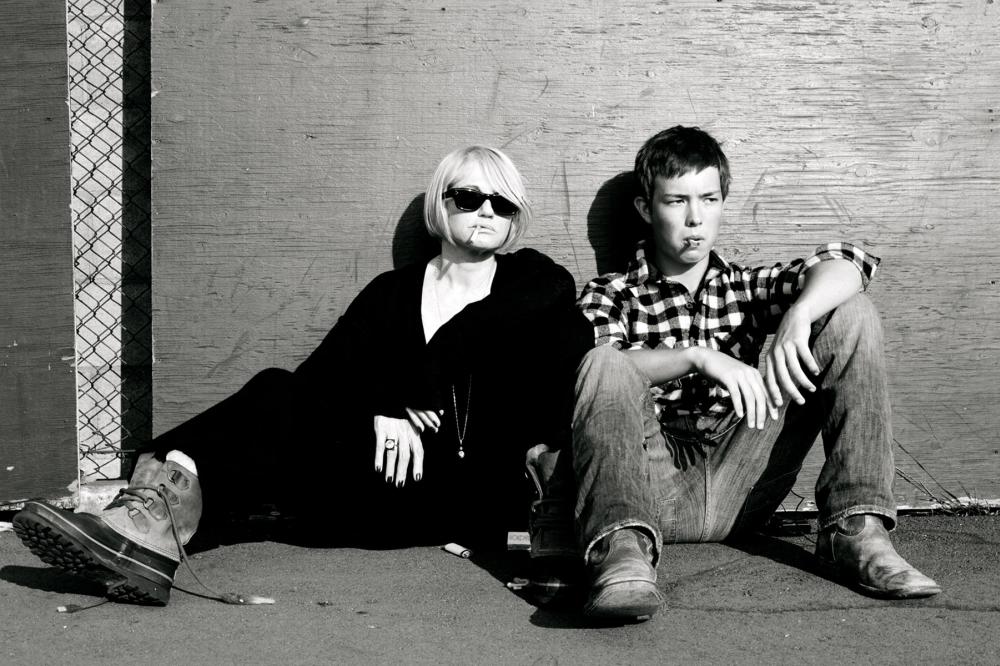
“Shit Year” is a Cam Archer movie starring Ellen Barkin. It is a black-and-white, quite avant-garde movie that both takes itself (maybe sometimes a little too) seriously, but it also has a kind of naivety to it, as if it was made by a new director from film school. It was met with mixed reviews from both audiences and especially from critics and didn’t get much attention other than that, but that doesn’t mean it’s not worth checking out.
Barkin plays Colleen West, an actress who has decided to quit acting, but finds herself more and more adrift from doing so. She also revisits her memories of Harvey West, who happens to share her last name and is a youthful man with whom she had a brief affair. His character is kind of spineless and decorative, but not necessarily meaningless. Colleen seems to miss something she had with him, perhaps connected to her aging and her retirement from her work.
It has short scenes, going from past to present and often somewhere that is neither. It’s packed with cut-up dialogue and can often seem like a collage of a movie, instead of having a clear story. It’s probably either love it or hate it, but it’s a forgotten film, and it has a wish and a mission that it tries to convey.